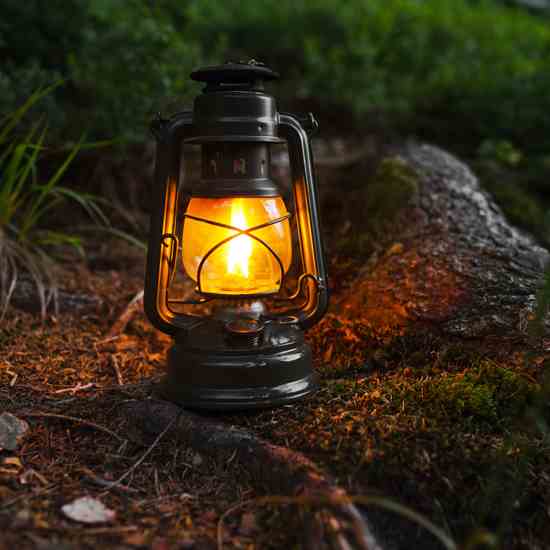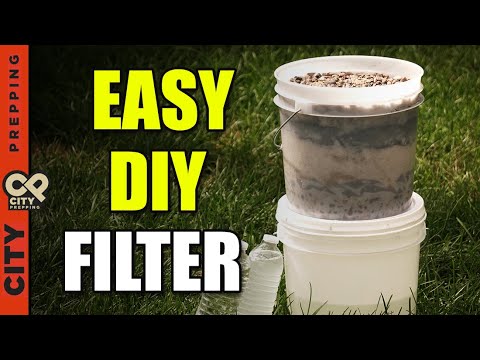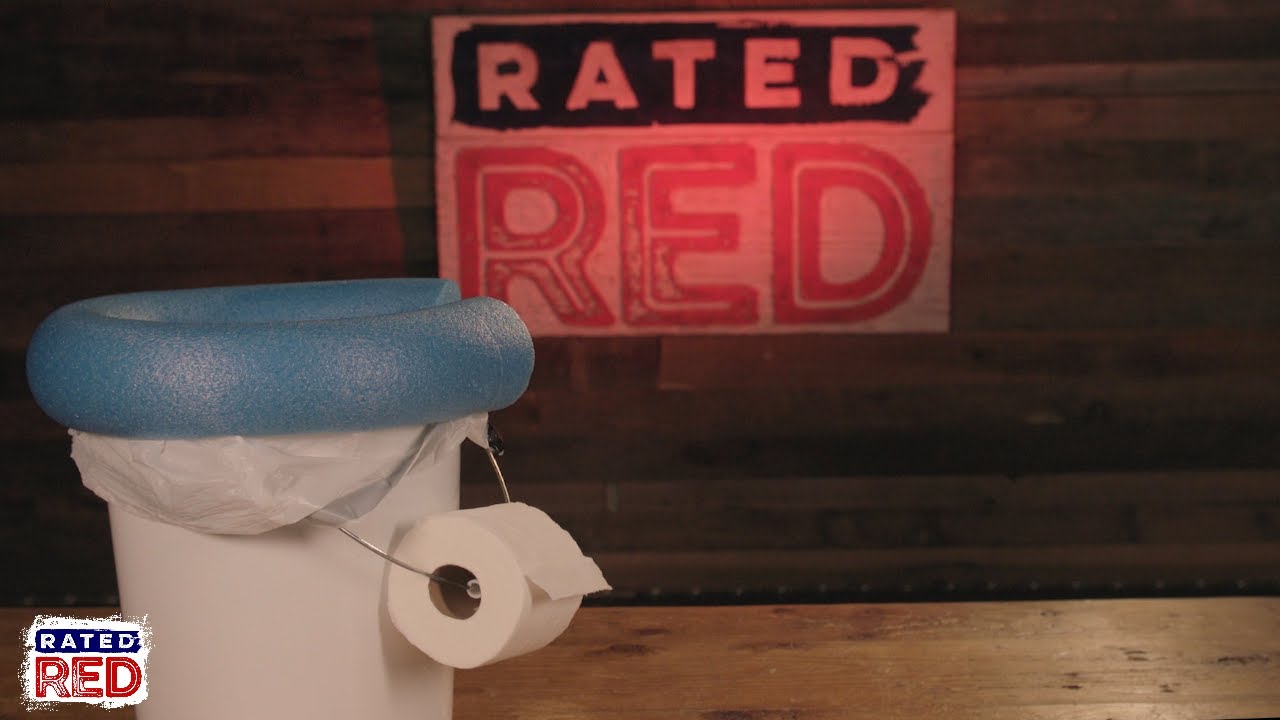SURVIVING WITHOUT ELECTRICITY

Off-grid living can be challenging, but being prepared can make it a lot easier. These are just a few of the basics:
1. Stock Up on Essential Items
Batteries (Lead-acid)-They are commonly used in cars and trucks; they’re durable and relatively cheap.
Solar batteries-Solar batteries store energy that is captured from solar panels.
Water Purification System
There are several types of systems you can use to purify water. A few options are chemical disinfectants (chlorine or iodine), ultraviolet light, filters (carbon or ceramic), and distillation.
How to Make a Water Filter With Available Items (Enhanced Microbial Removal) - DIY
Fuel
This is necessary depending on what you will need to power. Propane and butane are efficient and clean-burning. They can be used for cooking, heating, and lighting and be stored indefinitely.
Kerosene and white gas are used in lanterns and stoves and have a shelf life of up to five years.
Back-Up Generator
The generators to choose from are gas-powered, diesel-powered, solar-powered and propane-powered generators.
Sun Protection
Protecting yourself from the sun when you’re off-grid is essential. This is because the heat and UV rays can negatively affect your health if you don’t take precautions like wearing sunscreen, hats, and sunglasses.
Food Preservation System
One of the most common food preservation systems is pressure canning to preserve it from going bad. Other standard preservation systems include drying, pickling, and fermenting.
Toiletries
Stock up on toiletries like soap, shampoo, toothpaste, feminine hygiene products, and toilet paper.
Medication
Stock up on prescription and over-the-counter medication for at least six months.
Tools
The tools and supplies you stock up depend on your off-grid lifestyle. A hunter will need to pack lots of hunting knives and other supplies, while a gardener will need plenty of seeds, soil, and other gardening equipment.
Emergency Kit
Have an emergency kit on hand with the supplies you may need during short-term wound care. At a minimum, it should include:
- Antiseptic wipes
- Bandages
- Butterfly closures
- Gauze pads
- Adhesive tape
- Hydrocortisone cream
- Sterile saline solution
Vehicle Maintenance Kit
Keep a vehicle maintenance kit in your car at all times. It should include the following items:
- Spare tire and jack
- Lug wrench
- Torch
- Multi-tool
- Jumper cables
- Compressor
- Tire pressure gauge
- Duct tape
- WD40
2. Learn to Eat Foods with Long a Long Shelf Life
Some foods that have a long shelf life include:
Canned Foods
Fruits, vegetables, beans, meat, and fish.
Dried Foods
Fruits, rice, pasta, vegetables, legumes, grains, and nuts.
Dehydrated Foods
Fruits, vegetables, meat, and fish.
Jarred Foods
Pickles, olives, and jams.
Other foods that will last a long time include powdered milk, coconut oil, ghee, vinegar, and alcohol.
Honey, sugar, and maple syrup are also good to have on hand to improve food taste. Salt, dried herbs, and spices are excellent additions for the same reason.
3. Find Ways to Collect and Store Water
One of the easiest ways to collect rainwater is to install a gutter system. Gutters can be attached to the edge of your roof to direct water into a holding tank or barrel.
You can also install downspouts to help funnel the water away from your house and into a designated area for storage. The storage is typically a blue barrel, oil drum, or a large plastic container.
Another way to collect and store water is to dig a hole in the ground to create a solar water sill. This is a long, shallow trench covered with a tarp. Water from rain and other precipitation will gradually evaporate into the air overnight.
The result is clean, potable water you can collect and store in a container for drinking or cooking.
If you have a stream or river nearby, a seep well can be dug to collect water. Seep wells are dug in the ground next to streams or rivers, then a watertight container is placed within. The water seeps out of the bottom of the stream and into the container to be collected for storage.
Once you’ve collected your water, you will need to filter and treat it before using it.
12 Overlooked Places to Get Water After SHTF
4. Use Alternative Lighting
There are many options available for lighting. Here are some examples:
Candles
Candles are inexpensive, provide good lighting and a minimal amount of warmth. The best materials for candles are beeswax or tallow.
Oil Lamps
Most oil lamps can be run off vegetable oil, lamp oil, kerosene, and diesel fuel.
Solar Lights
Solar lights provide good lighting to key areas in your off-grid home, such as the front door, backyard, and walkway. Some have motion-activated sensors that will turn on when someone walks by them.
Lightsticks
Lightsticks give off light through chemiluminescence, so they don’t require energy, unlike an electric light bulb.
Lanterns
Many lanterns run off of kerosene or other liquid fuels, while others run on propane gas. Lanterns provide good lighting for large rooms.You can also purchase electric lanterns with built-in rechargeable batteries for lanterns.
5. Use Alternative Heat Sources
Popular methods for alternative heating sources are solar thermal collectors, solar ovens, wood stoves, pellet stoves, and biomass cookstoves.
Wood Stove
These are inexpensive, relatively simple to build or purchase, and easily regulated. Many people who live off the grid use wood stoves for heating and cooking.
Pellet Stove
Like wood stoves, but use pellets made from compressed sawdust as their fuel source.
6. Consider an Alternative Toilet System
There are several types of alternative toilet systems available, so you can choose one that best suits your needs.
Composting Toilet
A composting toilet collects human waste and uses natural processes to break down the waste and compost it. This compost can then fertilize plants or gardens.
Outhouse Toilet
An outhouse toilet is a simple, bucket-style toilet and is a good option if you have limited or no running water.
Honey Bucket
It is similar to an outhouse toilet, but it uses a larger receptacle for human waste. This alternative toilet system can be used if you don’t have sewage hookups or a septic system.
The Bottle Method
The bottle method is a quick and simple way to make a DIY toilet. You'll need a 2-litre bottle, some plastic bags, and kitty litter. To use this method, cut the top off the bottle, line it with a plastic bag, add kitty litter, and you're ready to go. When you're done, simply tie up the bag and dispose of it properly.
How to Make a DIY Bucket Toilet
7. Use Daylight as Much as Possible
One way to take advantage of daylight when living off-grid without electricity is to use natural light as much as possible.
Opening up curtains and windows, using light-colored paint or decorating with light-colored furniture, and installing mirrors are ways to bring light into darker areas of your home. You can also install skylights or solar tubes to bring in more natural light.
8. Figure out How to Stay Entertained
The challenge of living off-grid without electricity is staying entertained, especially if you have always relied on the television or electronic devices.
Here are some ideas to help you stay entertained:
- Read books or magazines
- Play board games and card games
- Play musical instruments and dance
- Go for walks or bike rides
- Host potluck dinners
- Start a garden and grow your own fruits and vegetables
- Brew your own beer, wine, or cider
- Make your own soap, candles, lotion, and other personal care products
- Bake your own bread, pizza, and other treats
- Collect rocks, feathers, shells, and other natural objects
- Create art and crafts projects
9.Consider Solar Panels
Solar panels come in both large and small sizes, so you can choose the best fit for your needs.






